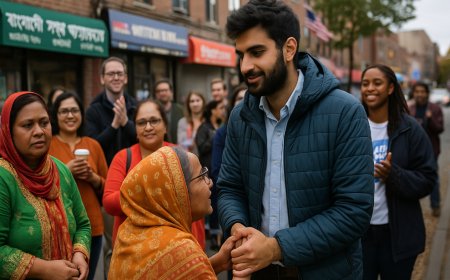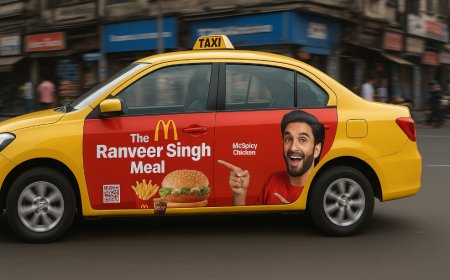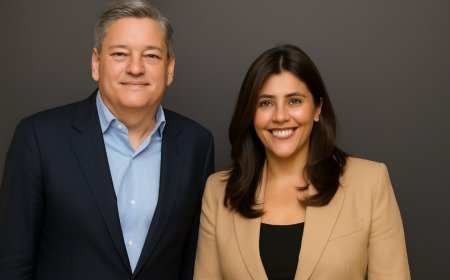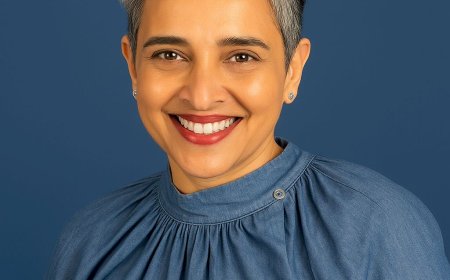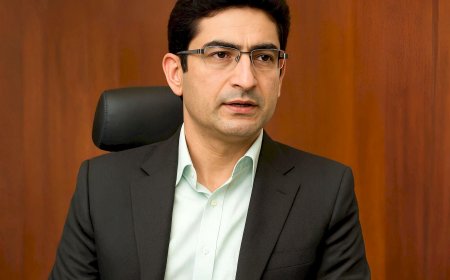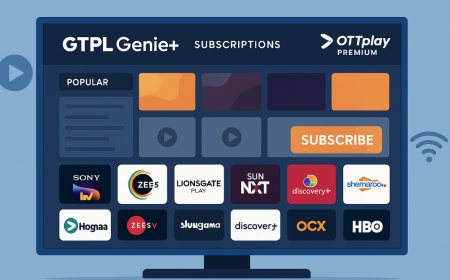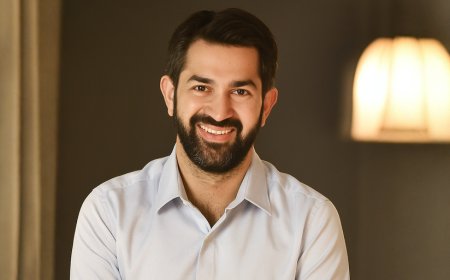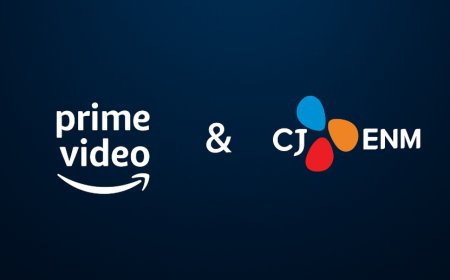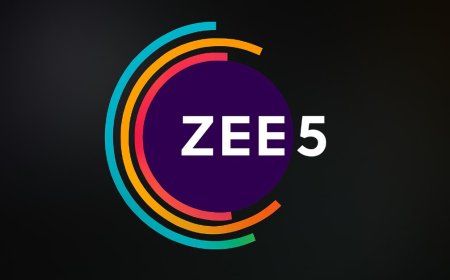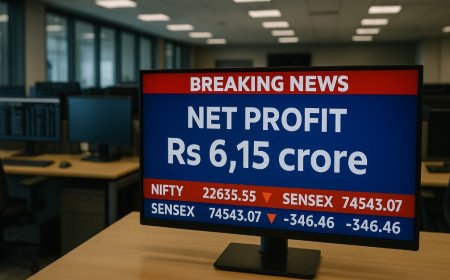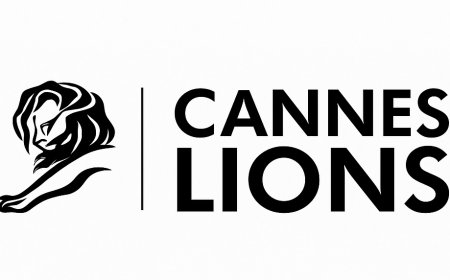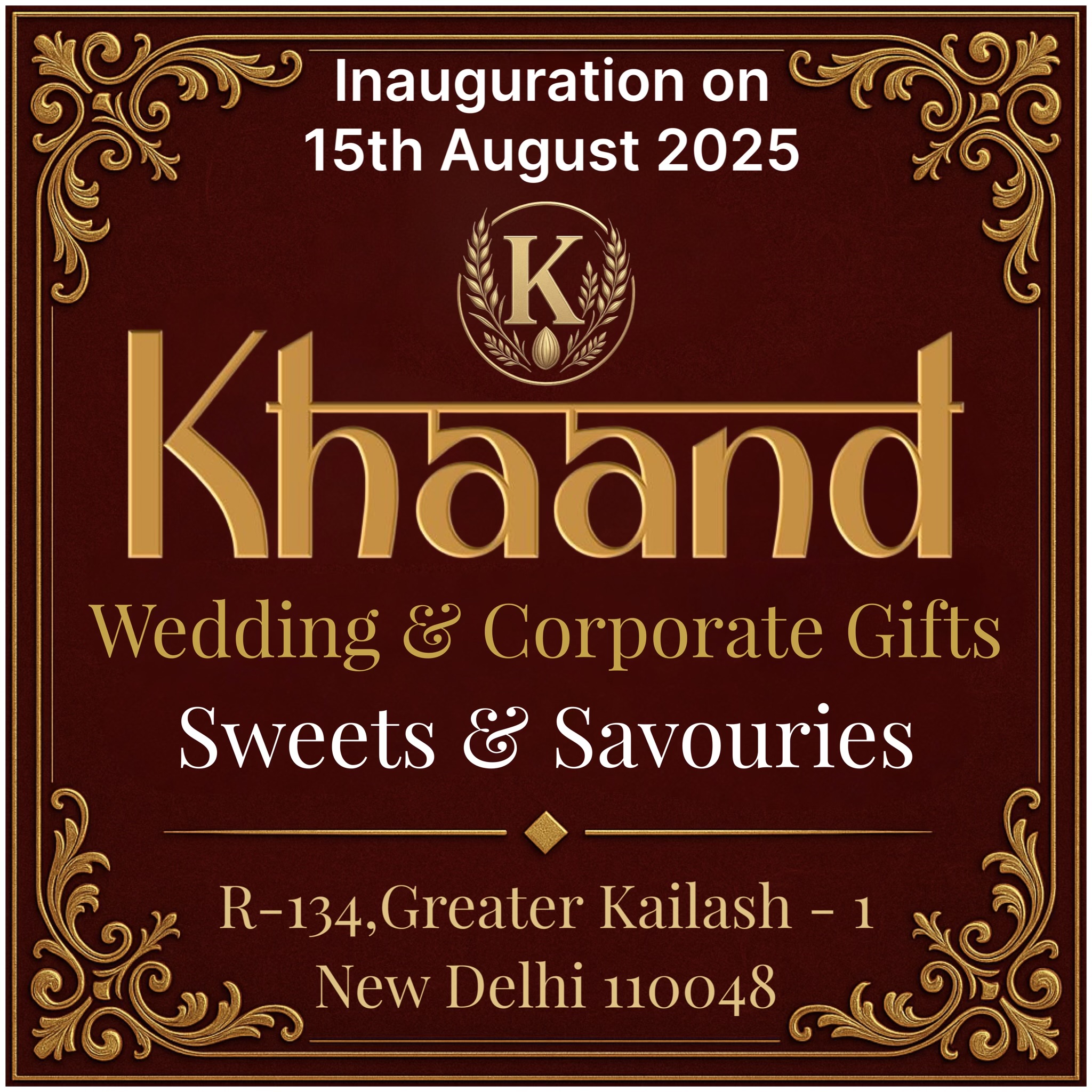Ad or Austerity? FMCG Giants Take Diverging Paths on FY25 Marketing Budgets
As FY25 begins, India’s FMCG giants are divided between boosting ad spends and adopting austerity, reflecting different paths to consumer engagement and market growth.

As India’s fast-moving consumer goods (FMCG) sector enters the 2025 financial year, a clear divide is emerging among major players—to spend or to save? Some of the country’s largest consumer brands are doubling down on advertising to fuel growth, while others are exercising caution amid uncertain market conditions.
This split reflects a broader shift in how FMCG companies are approaching brand visibility, consumer demand, and bottom-line performance in a post-pandemic, inflation-sensitive economy.
Two Sides of the Strategy Coin
On one side of the spectrum are brands choosing to ramp up their advertising investments, aiming to build market share and brand loyalty amid rising competition. On the other are those adopting an austerity-first approach, focusing on cost control, operational efficiencies, and conservative marketing spends.
The ad-or-austerity debate isn't just about budget allocation—it's about philosophy, risk appetite, and long-term brand positioning.
Who’s Spending More—and Why
Companies like Hindustan Unilever, Dabur, and Marico have indicated plans to increase ad spending in FY25, driven by:
-
Category expansion across health, wellness, and premium segments
-
Intense rural and urban market competition
-
A growing need for differentiated brand storytelling
-
Recovery in discretionary spending among middle-class consumers
These brands believe that top-of-mind recall, especially in underpenetrated categories, requires sustained marketing visibility.
Dabur, for example, has publicly stated its intent to launch new products backed by aggressive campaigns, particularly in Ayurveda and personal care.
The Case for Spending Less
On the flip side, some companies—including a few regional FMCG players—are holding back on advertising hikes due to:
-
Input cost inflation in packaging and logistics
-
A weakened rural demand cycle
-
Cautious consumer spending on non-essential items
-
Prioritization of distribution expansion over media blitzes
These brands are redirecting resources to channel development, price optimization, and backend efficiency, hoping to ride out economic volatility before splurging on visibility.
The Digital Divide
Another factor influencing budget strategies is the growing importance of digital and performance marketing. For companies embracing austerity, digital platforms offer:
-
Cost-effective reach through programmatic and influencer-led campaigns
-
Precise targeting via first-party data
-
Better ROI tracking and lower customer acquisition costs
Meanwhile, brands with bigger budgets are running omnichannel campaigns—from TV and print to YouTube Shorts and retail media networks.
The key question remains: Is it better to scale smartly or scale loudly in FY25?
Rural vs Urban Strategy
Rural India, once the growth engine for FMCG, is seeing slower consumption recovery, making brands reconsider how and where to invest. Companies bullish on rural growth are investing in micro-marketing and vernacular campaigns, while others are focusing on urban premiumization and e-commerce-led discovery.
This rural-urban divergence is driving fragmented advertising decisions—even within the same organizations.
Emerging Trends Influencing FY25 Marketing Choices
-
AI in Ad Optimization – More brands are automating media planning, making every rupee spent more accountable
-
Regional Personalization – Language- and region-specific content is leading to more granular budget allocation
-
Value-Based Messaging – Consumers are gravitating toward brands with strong ethical, sustainable narratives
-
Collaborative Campaigns – Co-branded content and partnerships are reducing solo ad spend while increasing impact
-
Retail Media Networks – Brands are diverting funds to digital shelf visibility on e-commerce platforms and quick commerce apps
Investor Pressure and Earnings Outlook
For listed FMCG companies, marketing budgets are under scrutiny from investors expecting profitable growth. Ad spending is being closely evaluated not just by marketing teams—but by CFOs and shareholders looking for clear ROIs.
Those investing more are under pressure to show revenue lift and market share gains. Those cutting back are expected to preserve margins without losing visibility—a delicate balancing act.
What This Means for Agencies and Publishers
The mixed sentiment among FMCG companies will directly impact advertising agencies, media planners, and publishers, who must:
-
Offer flexible campaign models to suit varying budgets
-
Focus on performance-linked metrics
-
Develop content strategies that maximize engagement per rupee
-
Adapt to last-minute pivots and agile marketing execution
Expect a rise in shorter campaign cycles, data-backed storytelling, and co-creation models.
Final Thoughts: Pragmatism Meets Possibility
FY25 will be a year of strategic selectivity in FMCG advertising. Brands with long-term growth ambitions are choosing to stay visible, even if it stretches margins. Others are adopting a wait-and-watch mindset, preferring operational solidity over brand flash.
What's Your Reaction?
 Like
0
Like
0
 Dislike
0
Dislike
0
 Love
0
Love
0
 Funny
0
Funny
0
 Angry
0
Angry
0
 Sad
0
Sad
0
 Wow
0
Wow
0



